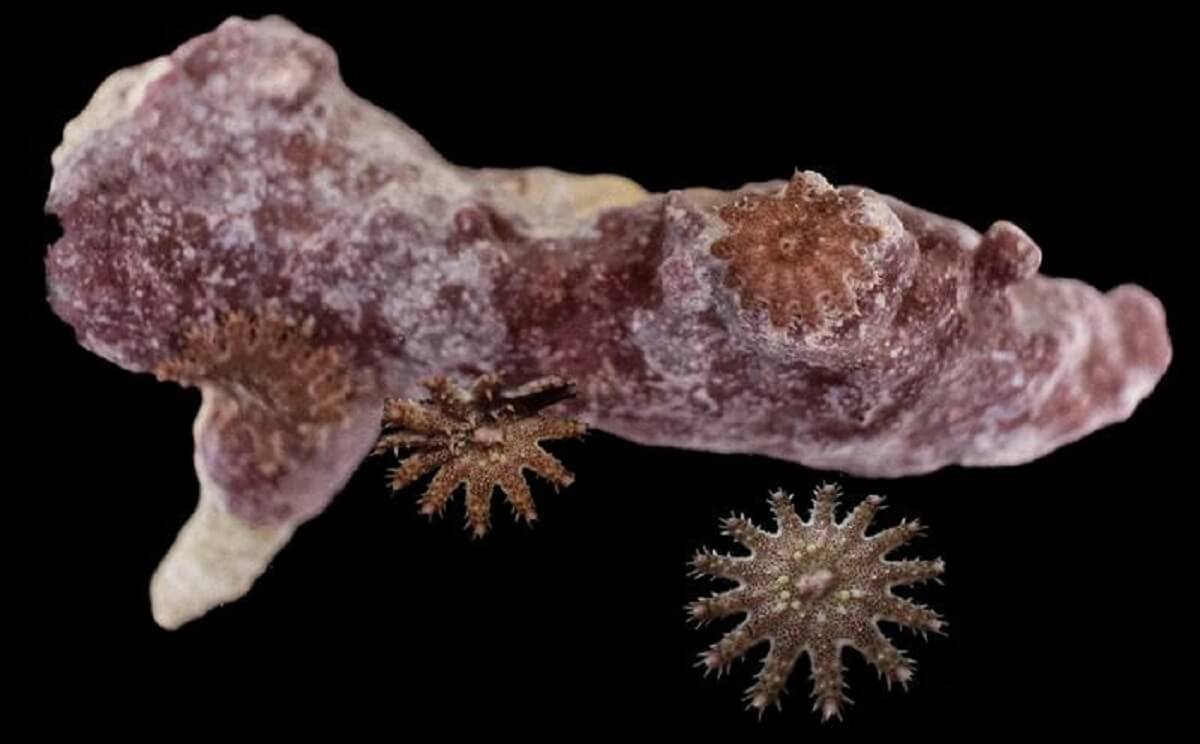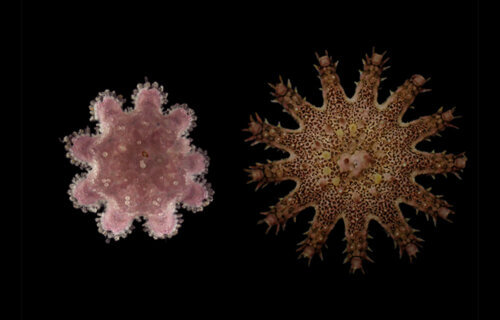SYDNEY, Australia — Starfish, specifically the crown-of-thorns species, are emerging as formidable carnivorous predators that are decimating coral reefs, according to recent research.
Marine biologists have discovered that young crown-of-thorns starfish can endure heatwaves that far exceed the temperatures lethal to corals. Once these corals start to regrow, these starfish transition into predators that voraciously consume them.
These findings indicate that the starfish’s ability to tolerate warmer waters may intensify the detrimental effects of climate change on coral reefs. Remarkably, a single mature starfish can consume between 15 to 30 square meters of coral daily.
Researchers say this species is concerning due to the extent of damage it can inflict on coral reefs. Their destructive potential is surpassed only by cyclones and coral bleaching events.

“Loss of natural predators due to overfishing and the build-up of nutrients in the water have been suspected to contribute to outbreaks of crown-of-thorns starfish,” says Matt Clements, study co-author and a Ph.D. student at the University of Sydney, in a media release. “Now we have evidence that bleaching-induced coral mortality could aid the seafloor-dwelling juveniles, leading to subsequent large waves of adults in reefs which exacerbate the ravages of climate change.”
The study reveals that young crown-of-thorns starfish possess an unexpectedly high heat tolerance, surpassing even that of their adult counterparts. This suggests that even if the coral-consuming adult populations decrease due to the effects of climate change — either from a scarcity of coral prey or the elevated temperatures — the herbivorous juveniles will bide their time, awaiting the right moment to metamorphose into carnivores.
Native to the Great Barrier Reef and located throughout the Indo-Pacific region, the crown-of-thorns starfish is viewed as one of nature’s most potent oral predators. During outbreaks in their carnivorous adult stage, these starfish extensively feed on stony corals, leaving vast expanses of lifeless skeletons on the reef. Over time, these skeletons are colonized by algae before they disintegrate.

The researchers also pinpoint certain characteristics that enhance the juvenile starfish’s chances of survival under warming conditions. These traits include their diminutive size, which may lower their physiological needs, and their adaptability in diet — although they show a preference for coralline algae, they can consume various food sources.
The study is published in the journal Global Change Biology.
You might also be interested in:
- 3D printing may hold the key to saving the world’s coral reefs
- ‘Very serious consequences’: Researchers predict Atlantic Ocean current will collapse by 2060
- ‘Delightfully strange’: Mysterious golden object pulled from Gulf of Alaska could be new species
South West News Service writer Ellie McDonald contributed to this report.

